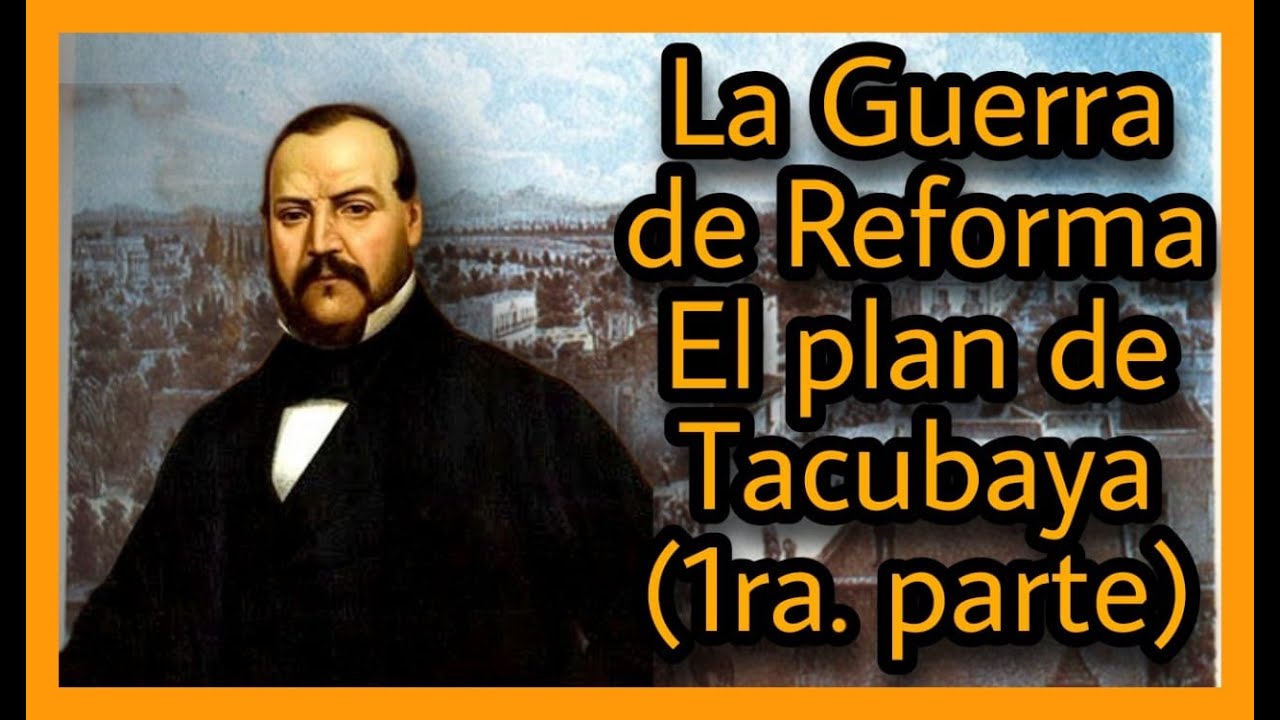El encanto del aguila - la refundación de la república
Summary
TLDRThe transcript captures a vigorous debate in the Mexican Congress as representatives discuss a new constitution to replace the outdated 1857 document. Key topics include the need for secular and free education, labor rights protections, and significant land reforms aimed at redistributing property and limiting church and foreign ownership. Tensions rise among lawmakers, reflecting personal and political conflicts, particularly regarding General Obregón's alliances. The session concludes with votes on pivotal articles, illustrating the congress's determination to address social justice and democratize governance in post-revolutionary Mexico, setting the stage for a new legal framework.
Takeaways
- 📜 The new constitution aims to address deficiencies in the 1857 Constitution while maintaining its liberal spirit.
- 🏫 Education should be neutral, secular, free, and compulsory, with a strong rejection of religious influence in schools.
- ✊ Labor rights, including a minimum wage and regulated working hours, are essential to protect workers post-revolution.
- 🌾 Article 27 emphasizes that land and resources belong to the nation, focusing on restitution to indigenous communities.
- ⚖️ Political tensions are evident, particularly between General Obregón and Venustiano Carranza, highlighting power struggles.
- 🗣️ The importance of public sentiment is acknowledged, emphasizing the need for reforms that reflect the people's desires.
- 🚫 The session illustrates the rejection of radical proposals that could harm workers, such as bans on night shifts.
- 🔒 Legislative power is stressed to ensure labor rights are enshrined in the constitution, not just left to future laws.
- 🤝 A commitment to forming specialized committees shows a collaborative approach to drafting constitutional articles.
- 🖊️ The signing of the new constitution is seen as a significant step towards national reconstruction and the protection of freedoms.
Q & A
What is the main topic discussed in the transcript?
-The transcript primarily discusses the proposal and debate surrounding a new constitution in Mexico, focusing on various articles related to education, labor rights, and property.
What significance does the speaker attribute to Article 3?
-Article 3 is highlighted as crucial, addressing the need for free, neutral, secular, and compulsory education, reflecting the desires of the people post-revolution.
How does the speaker characterize Carranza's proposed constitution?
-The speaker describes Carranza's proposal as overly conservative, implying it does not adequately reflect the revolutionary ideals or the needs of the people.
What concerns are raised about labor rights during the discussions?
-Concerns include the lack of laws regulating working hours, minimum wages, child labor, and the right to strike, emphasizing the need for protections for workers in the new constitution.
How does the speaker view the relationship between the church and education?
-The speaker argues that education should be secular and free from religious influence, stating that the church's involvement in education is inappropriate and contradicts the revolutionary goals.
What is the stance of the speaker on the role of the state in labor issues?
-The speaker believes the state must actively regulate labor rights to ensure equality and prevent exploitation of workers, advocating for these regulations to be included in the constitution.
What are the proposed changes in Article 27 related to land and resources?
-Article 27 proposes that land and natural resources, including minerals and petroleum, belong to the nation, emphasizing restitution to communities and restricting foreign ownership.
What sentiment is expressed regarding the ongoing political tensions?
-There is a sense of urgency and concern about political divisions, with references to personal conflicts among lawmakers and the implications for the constitution's approval process.
What historical context is provided for the proposed constitutional changes?
-The discussions are rooted in the aftermath of the Mexican Revolution, aiming to address the social injustices that fueled the conflict, with the constitution serving as a means to protect the rights of the people.
What final action is taken regarding the constitution in the transcript?
-The transcript concludes with the approval of the constitution, with lawmakers taking an oath to uphold and protect it, signifying a new chapter in Mexico's governance.
Outlines

This section is available to paid users only. Please upgrade to access this part.
Upgrade NowMindmap

This section is available to paid users only. Please upgrade to access this part.
Upgrade NowKeywords

This section is available to paid users only. Please upgrade to access this part.
Upgrade NowHighlights

This section is available to paid users only. Please upgrade to access this part.
Upgrade NowTranscripts

This section is available to paid users only. Please upgrade to access this part.
Upgrade NowBrowse More Related Video
5.0 / 5 (0 votes)





